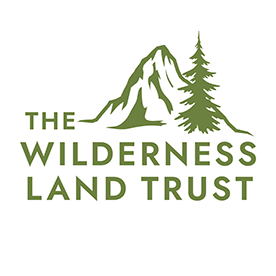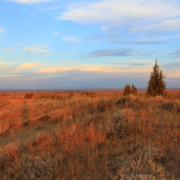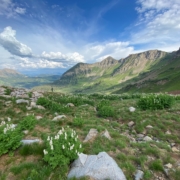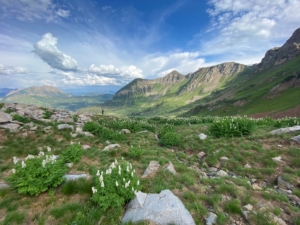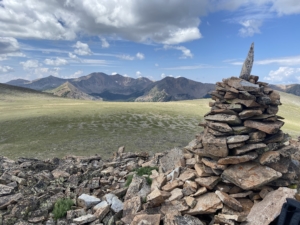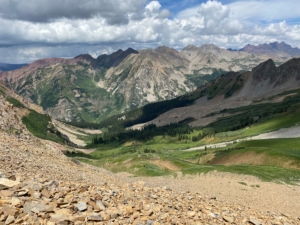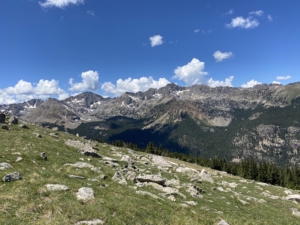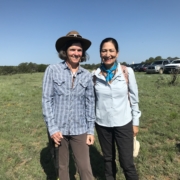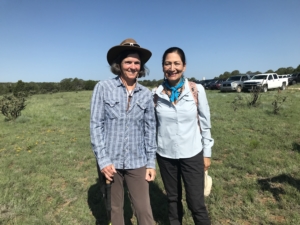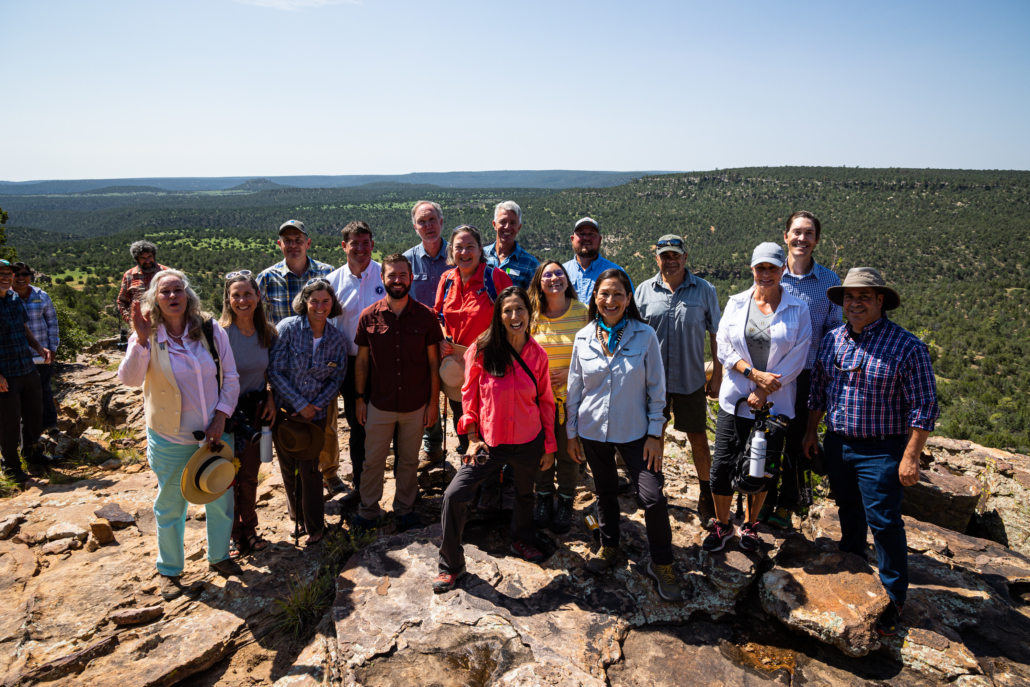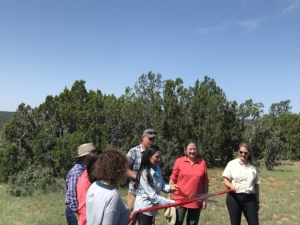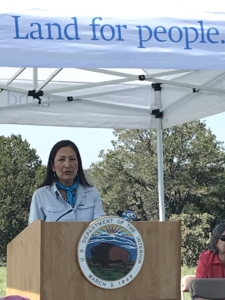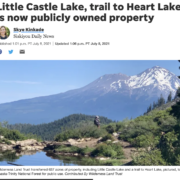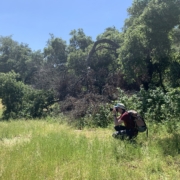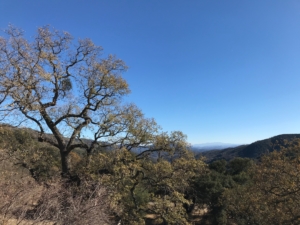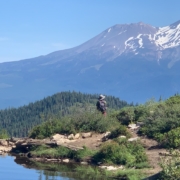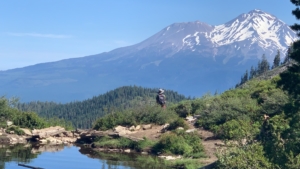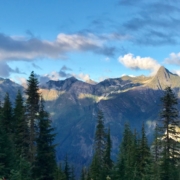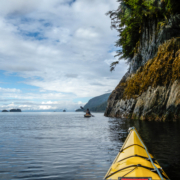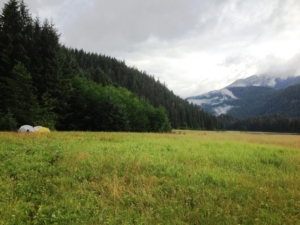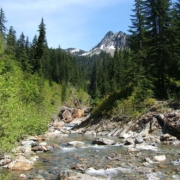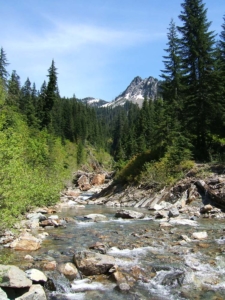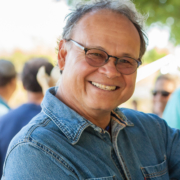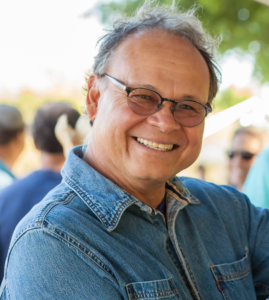Another Wilderness Designation Now Complete
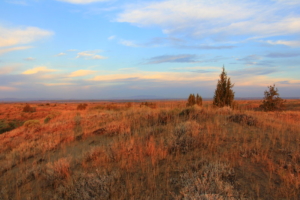
Sunrise, Juniper Dunes Wilderness – Photo credit: Bureau of Land Management WA & OR
August 20, 2021 – The Juniper Dunes Wilderness is a land of extremes – from windswept snowdrifts in the winter to triple digit temperatures in the summer. But despite its seemingly harsh climate and lack of water for flora and fauna, plenty of animals thrive within its boundaries: mule deer, bobcats, coyotes, badgers, skunks, weasels, porcupines, birds of prey (including the endangered Ferruginous Hawk), songbirds and yes, rattlesnakes. The area also contains the U.S. northernmost growth of western juniper trees, which grow among the vast, windswept sand dunes.
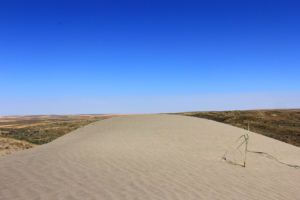
Photo Credit: Bureau of Land Management
Today, the Juniper Dunes Wilderness in southeast Washington state is officially 236 acres larger with the recent transfer of our property to the Bureau of Land Management. While the transition to public ownership is always exciting for us, this project is particularly significant because it means this federally designated wilderness is now complete.
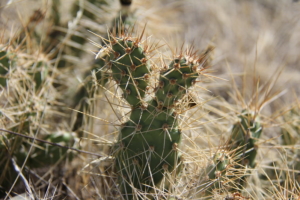
Photo Credit: Bureau of Land Management
Thank you for making all of this possible. With your generous support, we have now helped complete 17 designated wilderness areas throughout the United States, removing forever the threat of commercial, industrial and residential development within their boundaries.
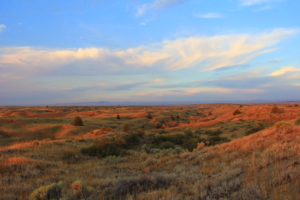
Photo Credit: Bureau of Land Management
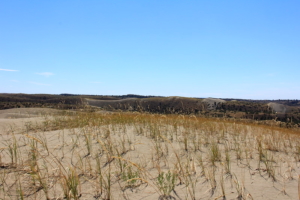
Photo Credit: Bureau of Land Management WA & OR
